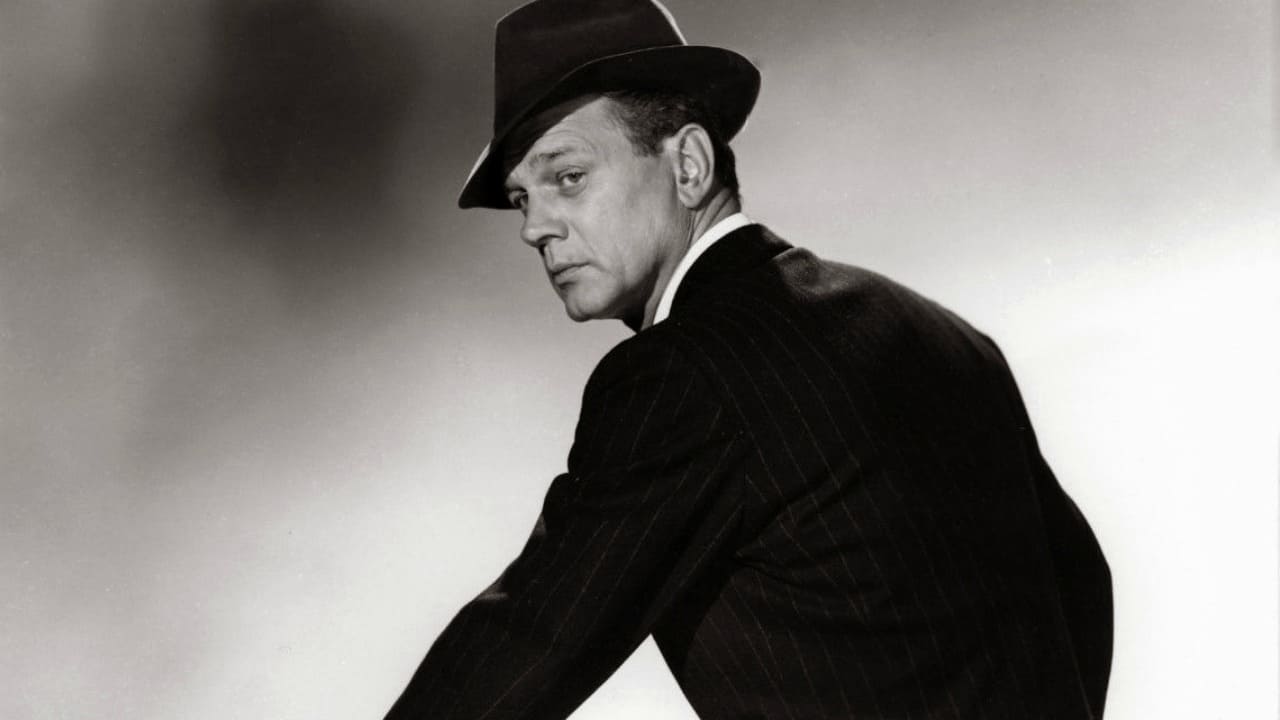A Masterclass in Crime Drama: Andrew L. Stone's The Steel Trap
Ah, 1953, a time when cars were bulky, cigarettes were everywhere, and movie plots were as sharp as a noir protagonist's cheekbones. Enter The Steel Trap, directed by Andrew L. Stone, a film that packs a crime-thriller punch with a solid dose of drama, seasoned with a sprinkle of film-noir intrigue. In this movie review, let's break down why this cinematic gem from the past is more than just a heist film, but a journey into the moral quandaries of its characters and, by proxy, its audience.
The Master Plan: Plot Unfurled
The plot presents a deceptively simple question: What would you do if you had the keys to the castle? Joseph Cotten, with his quintessential mid-century charm and charisma, steps into the shoes of a bank assistant-manager in Los Angeles, a role so dapper it could practically tie its own Windsor knot. His character concocts a daring plan to embezzle funds from the bank's vault and whisk himself and his unsuspecting wife off to Brazil. Cue the dramatic music and the inevitable squirming as you wonder, 'Will he actually pull this off?' And let's not kid ourselves—it's the tension of the ticking clock, paired with the clanging moral bells, that keeps you at the edge of your seat.
Acting That Conjures Suspense
While Cotten is the heart of this heist, it's Teresa Wright who silently yet powerfully elevates the film. Their on-screen chemistry is the battery that powers this noir engine—from the plotting hints of a man drawn to criminality to the oblivious elegance of a spouse unknowingly on the run. Props to the supporting cast too—Jonathan Hale, Walter Sande, and Eddie Marr—for filling in the world with authenticity and stakes as high as an overdraft fee in a back-alley poker game. The cinematography mirrors the period’s predilection for stark shadows and dramatic lighting, inviting comparisons to more modern heist thrillers for their polished, albeit CGI-heavy, action sequences.
Nostalgia in a Necktie: A Period Piece Reflection
After marinating in the celluloid of the early '50s, it's hard not to draw parallels between The Steel Trap and other archetypal noir flicks. For film buffs familiar with the likes of The Maltese Falcon, there's an undeniable and welcomed familiar twang that resonates. But Stone's tale isn't just a heist; it's a philosophical exploration—a poor man's , sans the glossy ensemble but with a richer, deeper introspection into the human psyche. It's as if you're watching moral dilemmas dance the cha-cha in monochrome.
A Steel Trap for the Mind: Concluding Thoughts
Despite its period confines, The Steel Trap reminds us why certain genres never fade. Crime dramas are about more than robbery. They're the cinematic stage for human flaws and aspirations. If you're someone who enjoys their movies with a side of contemplation and have an affinity for those good ol' fashioned heart-in-mouth sequences, don't let this noir classic gather dust. It might just surprise you—like finding a vintage penny in your grandfather's coat pocket.
So if complex moral landscapes, heist precision, and a trip down nostalgic cinema lane pique your interest, then The Steel Trap should be on your watch-list radar. Consider this a heist of your very perception—a must-watch heist that commits larceny on the heart and mind.

